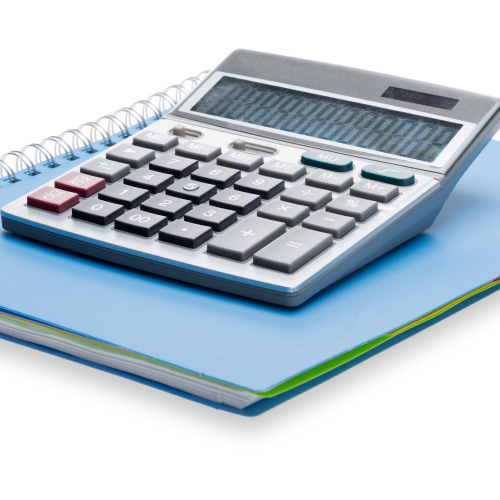Eight Reasons to Nudge: T1 Season Not Quite Over For Some

Evelyn Jacks
With the September 30 payment deadline in the past, the longest tax filing season on record is officially over. If it was not already obvious, two big wins came out of it: firstly, 90% of Canadians have fully embraced electronic filing. This phenomenon challenges tax professionals to change their practices to a modern, virtual model permanently. The second win is this: the vast majority of us are very compliant with our tax department. But, because there are a few T1s still outstanding (just over half a million compared to last year), there are eight important reasons to nudge your delinquent clients along now.
Background: Filing Trends. Most tax filers are using the help of a professional using EFILE services – close to 57%, a number that has been steadily rising since 2016. Do-it-yourself NETFILErs clock in at 30% and the movement away from paper has gone to the telephone filing option known as FMR (File My Return). These are people with very simple returns or no internet options. They number less than 1% of Canadians (0.2%). Together those who used the telephone (File My Return) option and paper filing options are about 12% of the filing populations. These may be the very people CRA is targeting for a free automatic tax filing service for Canadians. Do you think that’s a good investment? Please weigh in with your opinion in this month’s poll.
|
2020 TAX FILING SEASON
Returns received from February 10, 2020 to September 28, 2020
|
|
Filing method
|
Number of returns
|
Percentage of total
|
|
EFILE
|
16,954,228
|
56.9%
|
|
NETFILE
|
9,789,742
|
32.9%
|
|
File my Return (FMR)
|
69,151
|
0.2%
|
|
Total - electronic
|
26,813,121
|
90.0%
|
|
Paper
|
2,977,223
|
10.0%
|
|
Total - all methods
|
29,790,344
|
100%
|
Refunds vs. Balances Due. Compared to last year, refunds were higher ($1,847 vs $1,740) and balances due were lower ($6172 vs $6205) Also there were a million fewer returns with a nil balance.
|
Returns processed from February 12, 2020 to September 28, 2020
|
|
|
Number of returns
|
Total dollar value
|
Average per return
|
% refunds
|
|
Refund by cheque
|
4,742,578
|
$8,670,256,597
|
$1,828
|
25%
|
|
Refund by direct deposit
|
14,556,094
|
$26,975,174,637
|
$1,853
|
75%
|
|
Total refunds
|
19,298,672
|
$35,645,431,234
|
$1,847
|
100%
|
|
Balance owing
|
6,142,504
|
$37,920,891,489
|
$6,174
|
n/a
|
|
Nil return
|
3,934,381
|
n/a
|
n/a
|
n/a
|
The 2021 tax filing season now begins in earnest with year end tax planning to minimize taxes, maximize benefits and proactively get through the 2 019 tax audit season.
019 tax audit season.
This comes with an understanding of what tax brackets income for 2020 will fall into, whether or not to generate discretionary income to top up those brackets (example RRIF withdrawals or capital gains) and so it is appropriate as part of a high value service, that professionals start talking to their clients about this and a sound year end planning strategy after Thanksgiving.
Eight Reasons to Nudge Your Delinquent Filers. Every practice has delinquent tax filers in its database. Look for yours, and then urge them to file before the end of the year. Important reasons:
- Log your RRSP Contribution Room
- Report any unclaimed capital or non-capital losses
- Report non-taxable dispositions of principal residences to avoid penalties
- Qualify for tax refunds and tax credits
- Qualify for GIS (Guaranteed Income Supplement) and OAS payments
- Minimize interest on any balances due
- Qualify for provincial pharacare and other assistance programs
- Avoid repayment of tax credits based on 2018 net income figures.
Additional educational resources: for more year-end tax planning strategies, come to the November 18 CE Summits, which includes an online course component in addition to a live, virtual seminar.